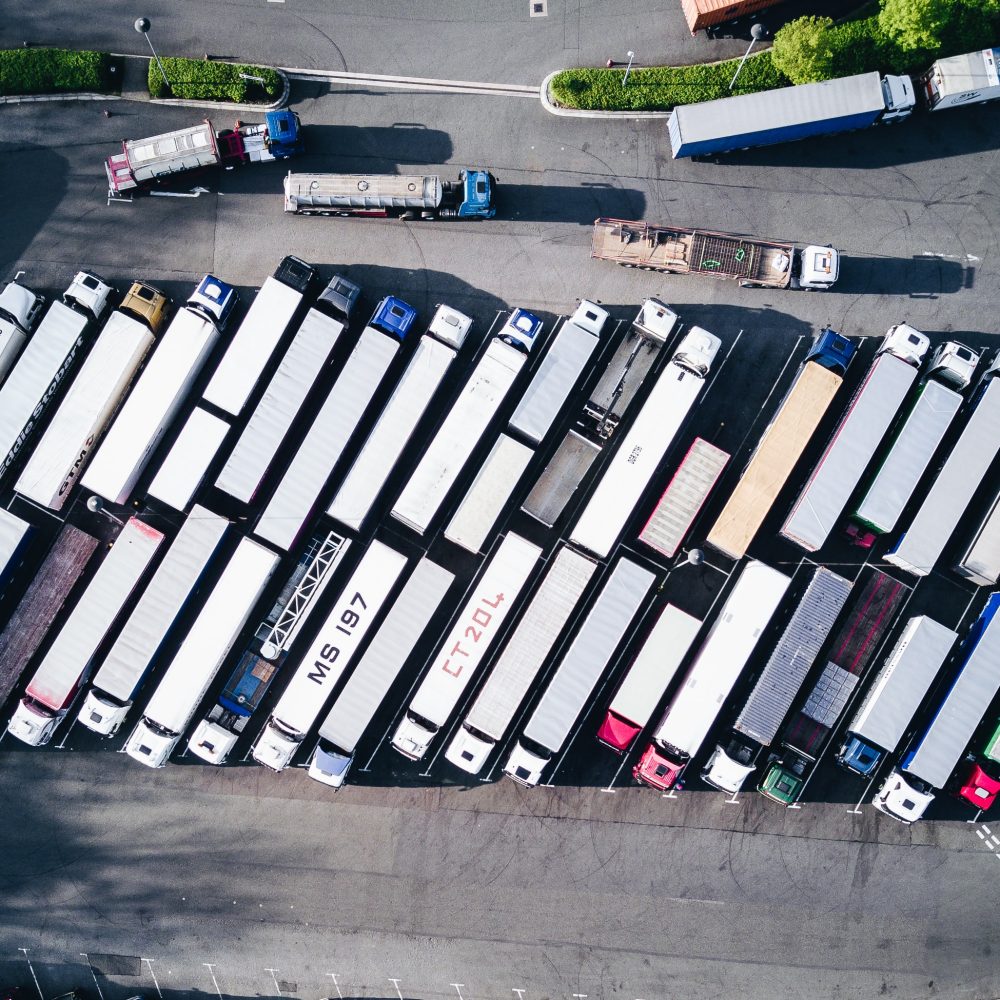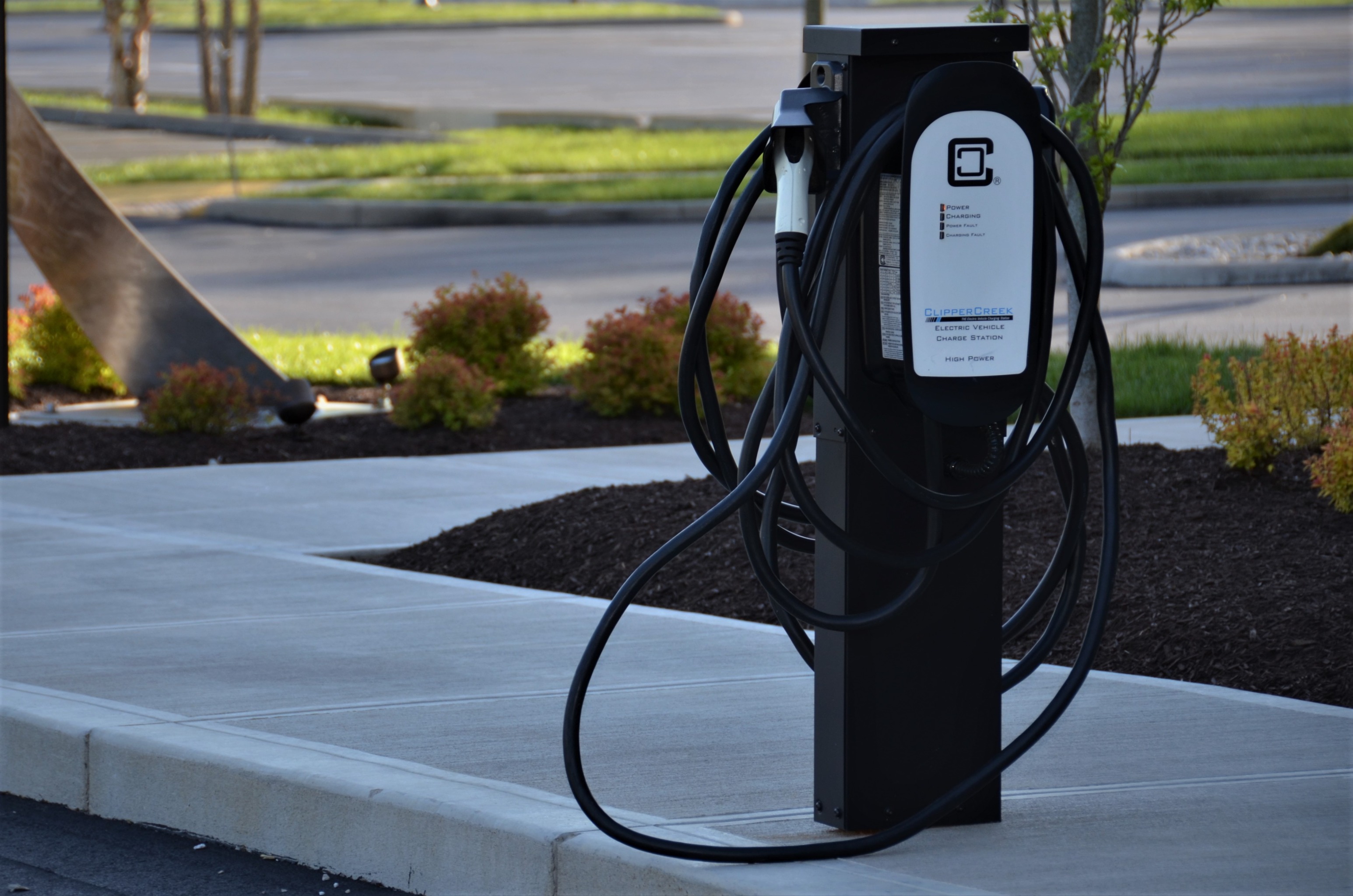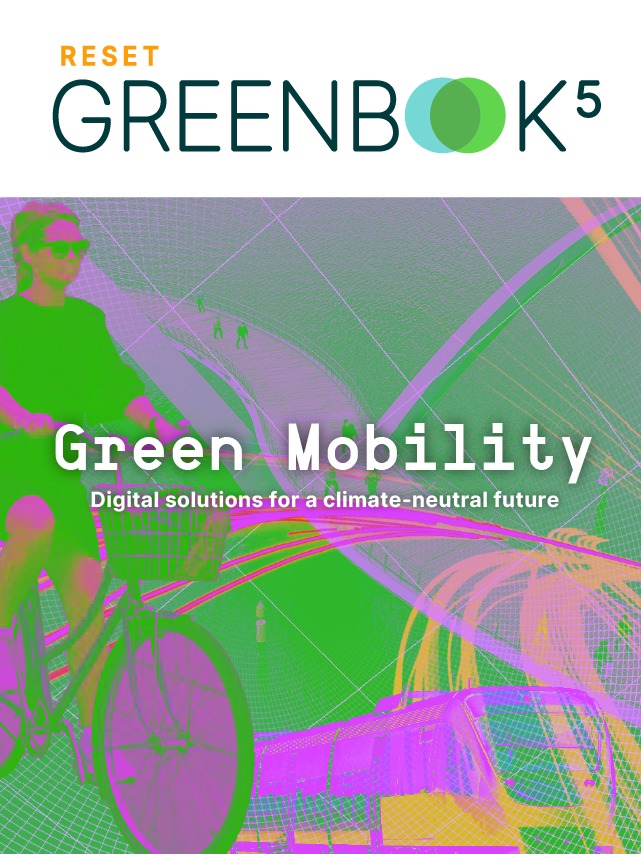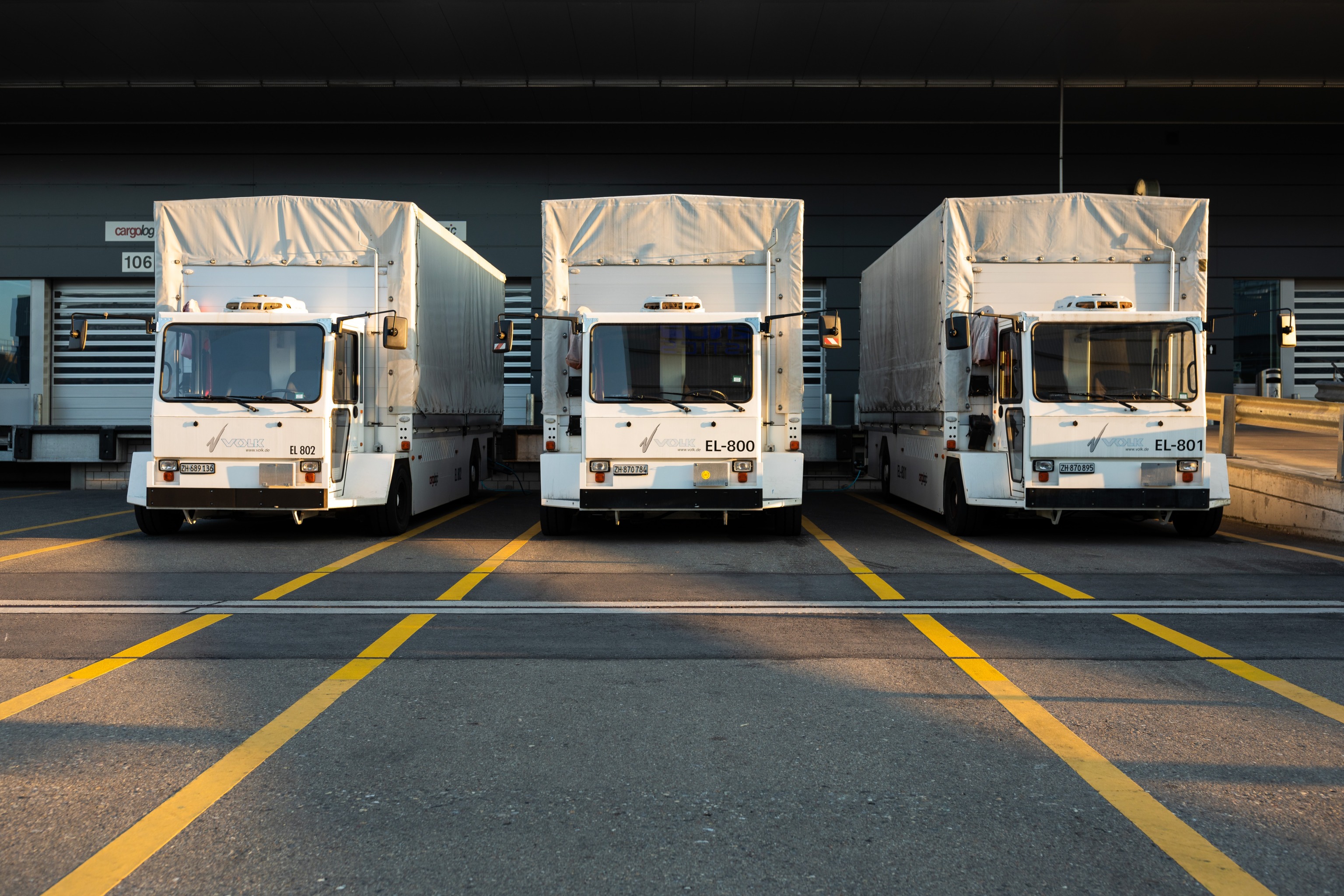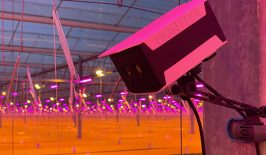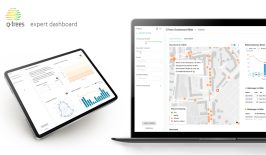In the European Union, around 76 percent of all domestic goods were transported by road in 2018. Since then, this figure has only risen. Freight transport by rail, on the other hand, has declined. This is in spite of the fact that rail transport is up to four times more efficient in terms of fuel consumption than trucks, emitting 75 percent less greenhouse gas than by road.
In Germany, where a small fraction of companies are connected to the rail network, only about 19 percent of goods are currently transported by rail. Switzerland, on the other hand, handles most freight traffic by train. But as long as the European rail network doesn’t have sufficient capacity to cover most of the transport demand, a large proportion of goods will continue to be transported by truck.
Currently, it doesn’t look like freight traffic will decline in the foreseeable future: E-commerce is booming and continues to put a strain on existing road and rail transport routes. But, Europe’s climate goals can only be achieved with a mobility turnaround — and that includes environmentally conscious transport logistics. The additional impacts would also be significant; exhaust fumes in cities would also decrease, and with them, the harmful emissions released by conventional diesel vehicles.
That is why the EU already has regulations for fleet operators. By 2025, new vehicles must emit 15 percent less CO2 compared to 2019, and by 2030 the target is 30 percent.
Could battery-electric trucks be a solution?
However, as clear a picture as these numbers paint, European rail currently simply isn’t up to speed on providing the infrastructure or access for companies to choose the railway for their transport.
So what could short- and medium-term solutions look like to reduce CO2 emissions in logistics?
A 2023 study by the International Council on Clean Transportation investigating different models of heavy-duty vehicles and fuels in the European market showed that battery-electric trucks drastically outperform every other model. Compared to best-in-class diesel models, natural gas, and hydrogen fuel cell electric alternatives they produce at least 63 percent fewer emissions. That figure can rise to 92 percent when completely running on renewable electricity.
The analysis by ifeu, as well as a study by McKinsey, assume that e-trucks could be at the forefront of new registrations in Europe, the USA and China as early as 2030.
In fact, the expansion of e-trucks is slowly picking up speed; more and more new vehicle models are coming onto the market. Further growth could come from operating costs, because according to the McKinsey analysis, battery-electric and fuel cell-powered trucks will be cheaper than diesel-powered trucks in almost all segments by 2030.
However, considerable investments in production capacities and charging infrastructure are still necessary. For municipal operations such as waste management or transport companies, the switch to e-mobility should not pose any major hurdles since these vehicles do not have to travel long distances, they can be charged at the depots without much effort. Long-distance transport, however, depends on a dense network of charging stations. Overhead line trucks and wireless charging could ensure that developments are massively accelerated here.
What can be done now?
With the climate clock ticking and the urgently needed reduction of CO2 emissions on our roads, rail network must be greatly expanded first and foremost. Simultaneously, conversion to e-trucks should be further advanced with corresponding push-and-pull measures. Because even if e-trucks could save at least half of the CO2 emissions compared with internal combustion vehicles, railways could even achieve almost zero emissions.
At the same time, the fact should not be forgotten that despite increasing new registrations of e-trucks, there will still be a lot of combustion engines on the roads in 2030.
This begs the question; how do we start to move freight towards sustainable alternatives? What can we do now, and how can we utilize present-day technology to improve the efficiency of trucks in terms of fuel consumption?
One important measure is more efficient truck operation, as this minimises the unnecessary use of resources and energy and also offers economic advantages for logistics companies. Various projects rely on digital technologies to improve the efficiency of trucks in terms of their fuel consumption.
The “FvfT” project has developed artificial intelligence (AI) to predict fuel consumption for individual journeys, aiming to optimize it and reduce associated emissions. To achieve accurate predictions, the AI identifies the variable factors that impact fuel consumption, such as speed and acceleration before making its calculation.
Not only does a more efficient operation of trucks provide economic advantages for logistics companies, but it also minimizes unnecessary use of resources and energy. Previously, fuel consumption forecasts were based solely on average figures, making it impossible to forecast consumption for individual trucks, routes, or specific days. However, now individual predictions of fuel consumption for future truck journeys are possible, using traffic volume data to anticipate speeds and driving behaviour.
Green Mobility – Digital solutions for a climate-neutral future
Autonomous vehicles, e-mobility, AI-controlled traffic planning, new modes for moving from A to B — what will the mobility of tomorrow look like?
We present the digital solutions being proposed for climate-neutral transport and logistics and discuss the new challenges of “digital mobility” in this dedicated special feature.
With this development, several scenarios can now be simulated. These include efficiency-based dispatching, green routing, pricing, and an online tool that calculates fuel consumption forecasts for individual journeys on the website forecast.tracks.eco. Moving forward, these new product features will be further developed and integrated into the existing product portfolio for transport companies.
How digital tools can drive change
The project shows that digital tools can bring more transparency to resource consumption, allowing companies to assess the environmental impact of their transport operations and make decisions on how to reduce their carbon footprint.
Other possibilities of digital applications are to reduce the number of empty truck journeys by using data-driven systems to determine, for example, forecasts of available freight volumes. The logic behind this is quite simple: fewer trips mean fewer trucks on the road, which in turn reduces the carbon footprint.
However, such forecasts are not yet available. A corresponding application is now to be developed in the KITE project.
So far, of course, these are mainly potentials. The actual savings possible with these applications will still have to be shown in research and practice.
What does this mean for the future?
What is clear is that for a sustainable supply chain, truck transport is not the way to go if we want to achieve our climate goals. Even if we switch to electric mobility, rail transport will always remain the more efficient choice in comparison to roads filled with individual heavy goods vehicles.
But — our rail infrastructure still has a long way to go. Further expansion requires large financial resources, and political will is lacking. Until then, the smart use of technology can increase the transparency and efficiency of our current supply chains.
